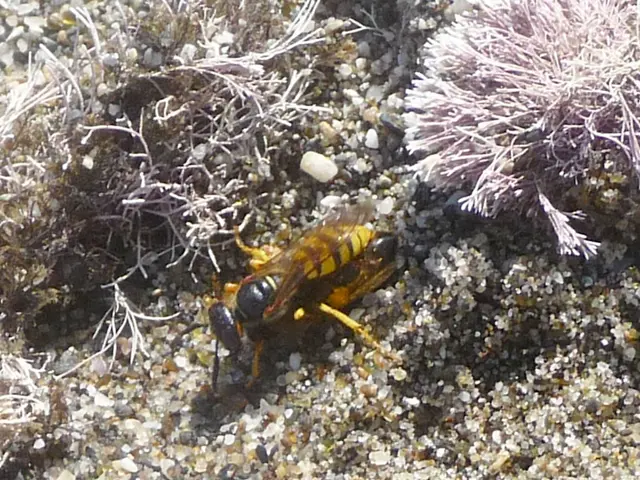A most unusual evolutionary transition took place: the distant relative of the platypus adapted from a water-dwelling life to residing on land.
Echidnas' Ancestry Overturned: Ancient Aquatic Origin of Spineless Mammals Revealed
A breakthrough discovery has challenged prevailing assumptions about the origins of echidnas, the egg-laying, spiny mammals native to Australia and nearby regions. According to a new study, echidnas could have emerged from a water-dwelling ancestor, marking a rare and significant evolutionary event.
Researchers at the University of New South Wales reexamined a fossil humerus (upper arm bone) from the extinct monotreme Kryoryctes cadburyi, which lived around 108 million years ago. This bone, first discovered at Dinosaur Cove in the early 2000s, previously resembled echidna bones structurally. However, the latest analysis reveals that the internal structure of the fossil bone is more reminiscent of a platypus than an echidna.
"For an animal to go from a water-living creature to a land-dwelling one is very unusual," states Sue Hand, a vertebrate paleontologist involved in the study. "Most mammals have evolved in the opposite direction, moving from land to water, but it's a much rarer event for them to move the other way."
This transition to a primarily terrestrial lifestyle may have occurred as early echidna ancestors became adapted to an aquatic environment before evolving the spiny exterior and powerful digging abilities characteristic of modern echidnas.
The researchers' findings adding weight to the theory that echidnas and platypuses have a common semi-aquatic ancestor and shed new light on the evolutionary history of these remarkable mammals.
This evolutionary shift from water to land is a fascinating example of the natural world's adaptability, as echidnas have moved from a semiaquatic burrowing lifestyle, similar to modern-day platypuses, to a fully terrestrial existence over the eons.
The dearth of fossils from platypus and echidna ancestors makes it difficult to pinpoint when this transition to land occurred. Most of their extinct relatives have only been identified through their teeth and jaws. The K. cadburyi fossil is the only known monotreme limb bone from that time period.
While this discovery offers new insights, it is just one piece of the puzzle in understanding the fascinating evolutionary journey of these Australian oddities. Further research may help unravel the mysteries of this most unusual mammal family.
Science has introduced a paradigm shift in the understanding of echidna origins, as a study suggests their ancestors might have lived in water, similar to the health-and-wellness practices of swimming for fitness-and-exercise and sports like mixed-martial-arts, which require adaptability from water to land. This evolutionary transition from a semi-aquatic burrowing lifestyle to a fully terrestrial existence sheds light on the evolutionary history of echidnas, much like how scientific studies illuminate the intricacies of health-and-wellness and fitness-and-exercise.








